| –
| Disconnect bottom coolant hose from oil cooler -arrow-, and drain off remaining coolant. |

Note | t
| The cooling system is filled all year round with a mixture of water and radiator antifreeze/anti-corrosion agent. |
| t
| It is important to use only coolant additive Plus -G 012 A8F A1- (also designated as “G12+”) “meeting specification TL VW 774 F”. Other coolant additives could seriously impair in particular the anticorrosion properties. The resulting damage could lead to loss of coolant and consequently to serious engine damage. |
| t
| Coolant additive “G12+” may be mixed with additives “G11” and “G12”. |
| t
| “G12+” and coolant additives marked “Conforming with specification TL VW 774 F” prevent frost and corrosion damage and stop scale from forming. Such additives also raise the boiling point of the coolant. For these reasons the cooling system must be filled all year round with the correct antifreeze and anticorrosion additive. |
| t
| Because of its high boiling point, the coolant improves engine reliability under heavy loads, particularly in countries with tropical climates. |
| t
| Frost protection is required down to about –25 °C (in countries with arctic climate: down to about –35 °C). |
| t
| The coolant concentration must not be reduced by adding water even in warmer seasons and in warmer countries. The antifreeze concentration must be at least 40 %. |
| t
| If greater frost protection is required in very cold climates, the amount of “G12+” can be increased, but only up to 60% (this gives frost protection to about –40 °C). If antifreeze concentration exceeds 60%, frost protection decreases again and cooling efficiency is also impaired. |
| t
| Use only clean tap water for mixing coolant. |
| t
| If radiator, heat exchanger, cylinder head, cylinder head gasket or cylinder block have been renewed, do not re-use old coolant. |
| t
| Contaminated or dirty coolant must not be used again. |
| t
| To check frost protection level of coolant additive “G12+” you must use a refractometer -T10007-. |
|
|
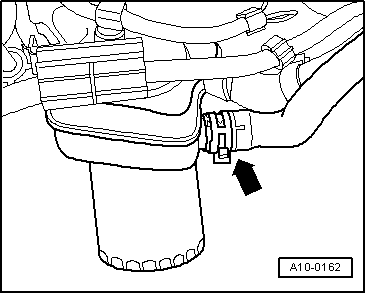
|

 Note
Note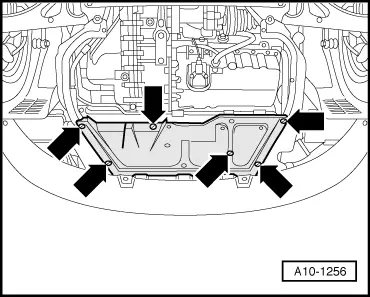
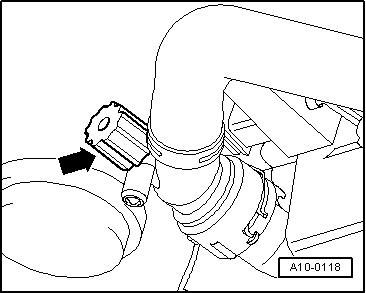


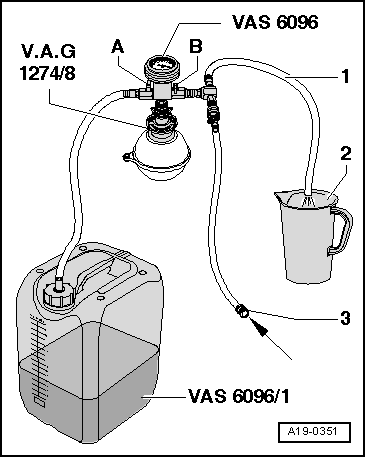
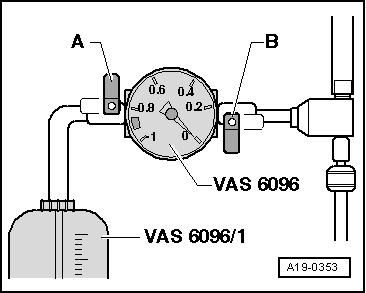
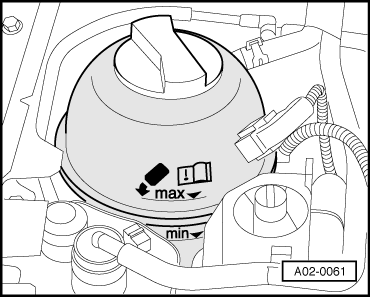

 WARNING
WARNING